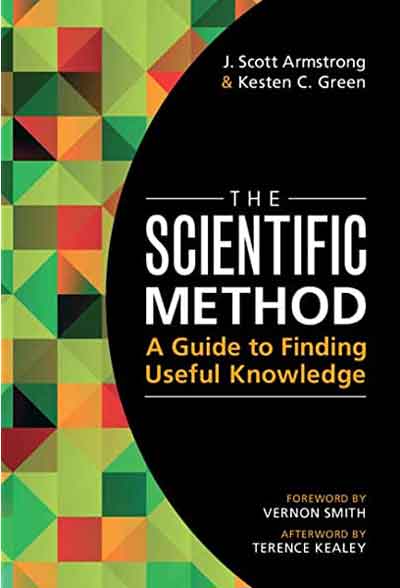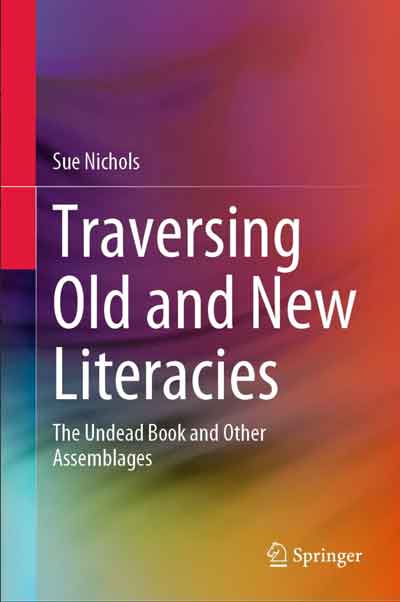The latest books from UniSA researchers
The Scientific Method: A Guide to Finding Useful Knowledge
By UniSA Business Senior Lecturer Dr Kesten C. Green and J. Scott Armstrong

The scientific method delivers prosperity, yet scientific practice has become subject to corrupting influences from within and without the scientific community. The Scientific Method: A Guide to Finding Useful Knowledge is an essential reference intended to help remedy those threats. The authors identify eight essential criteria for the practice of science and provide checklists to help avoid costly failures in scientific practice. Not only for scientists, this book is for all stakeholders of the broad enterprise of science. Science administrators, research funders, journal editors, and policymakers alike will find practical guidance on how they can encourage scientific research that produces useful discoveries. Journalists, commentators, and lawyers can turn to this text for help with assessing the validity and usefulness of scientific claims. The book provides practical guidance and makes important recommendations for reforms in science policy and science administration. The message of the book is complemented by Nobel Laureate Vernon L. Smith's foreword, and an afterword by Terence Kealey.
The book is published by Cambridge University Press.
Traversing Old and New Literacies
By UniSA senior researcher Professor Sue Nichols, Centre for Research in Educational and Social Inclusion

This book re-examines the field of New Literacy Studies and promotes a shift away from binary constructions of literacies as 'old' or 'new' and to encourage critical reflection on the part of readers as to the uses of these constructs.
First, the book examines the entanglement of pasts, presents and futures in contemporary literacy practices. Second, it considers representations of literacies as actors, having their own power and consequences. Third, it critically examines the place of 'new' and 'old' literacies in a marketplace in which social, economic and political power advantage is contested.
The book demonstrates the use of assemblage theory drawing on semiotics, geo-semiotics and Actor Network Theory for analysing literacies as assemblages. It provides readers with tools of analysis with which to interrogate claims made for the value of literacy, innovations and traditions alike. It also discusses implications for literacy policy, curriculum, teacher education and research.
The book is published by Springer.
Other Stories
- Fitspiration influencers: more talk than walk when it comes to body image
- Eye spy: building inspectors may soon be shooting laser beams, saving the construction industry millions of dollars
- Out of the shadows and into the Light: UniSA reopens historic haunt as new Enterprise Hub
- Has GPT-4 really passed the startling threshold of human-level artificial intelligence? Well, it depends
- From the Vice Chancellor
- Achievements and Announcements
- Degree apprenticeships fast-tracked for SA defence jobs ahead of AUKUS construction
- $5 million for Aboriginal-led team to improve maternal and child health research
- Solar industry feeling the heat over disposal of 80 million panels
- In Pictures: Official opening for UniSA’s Enterprise Hub
- The latest books from UniSA researchers




